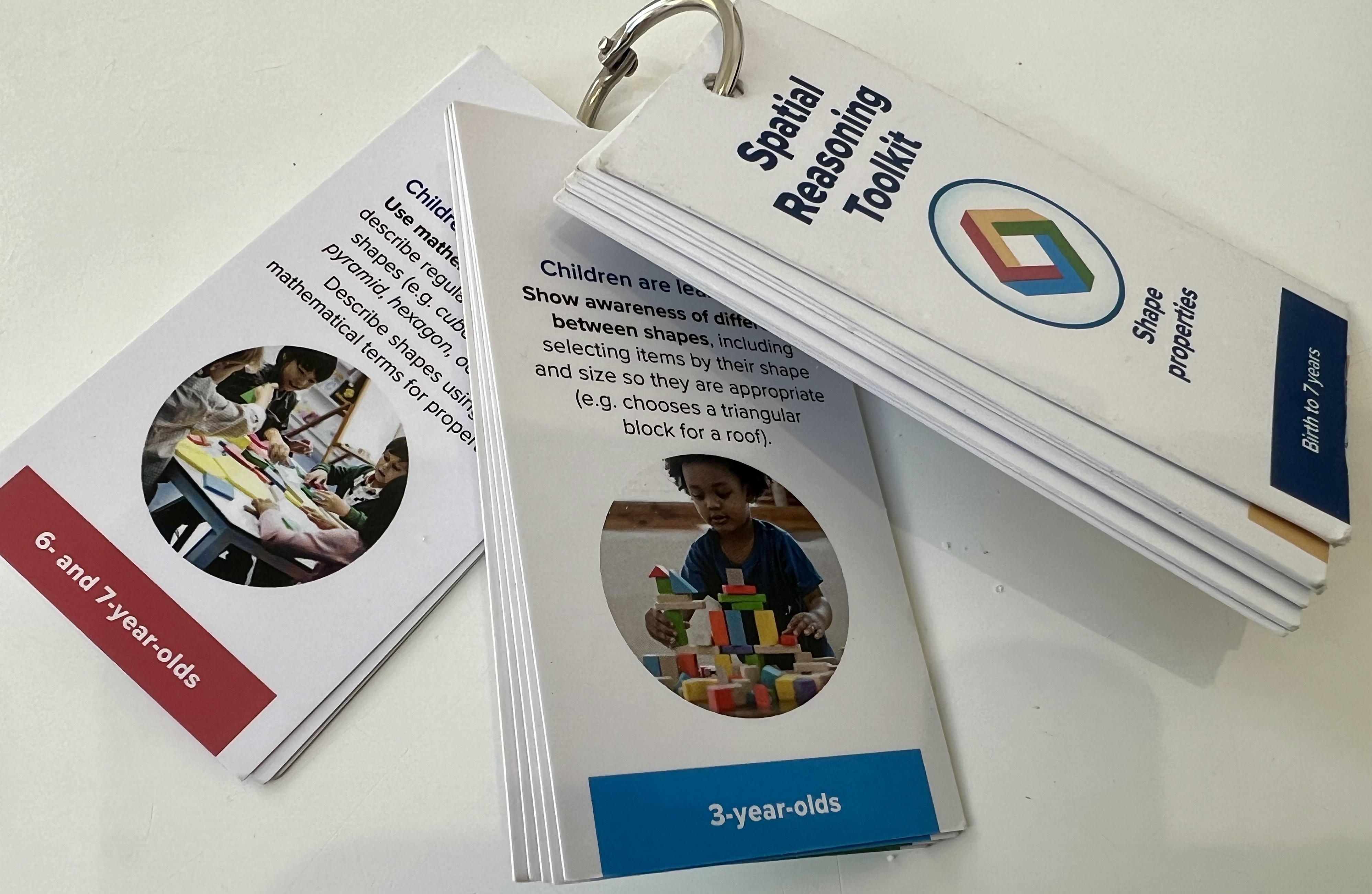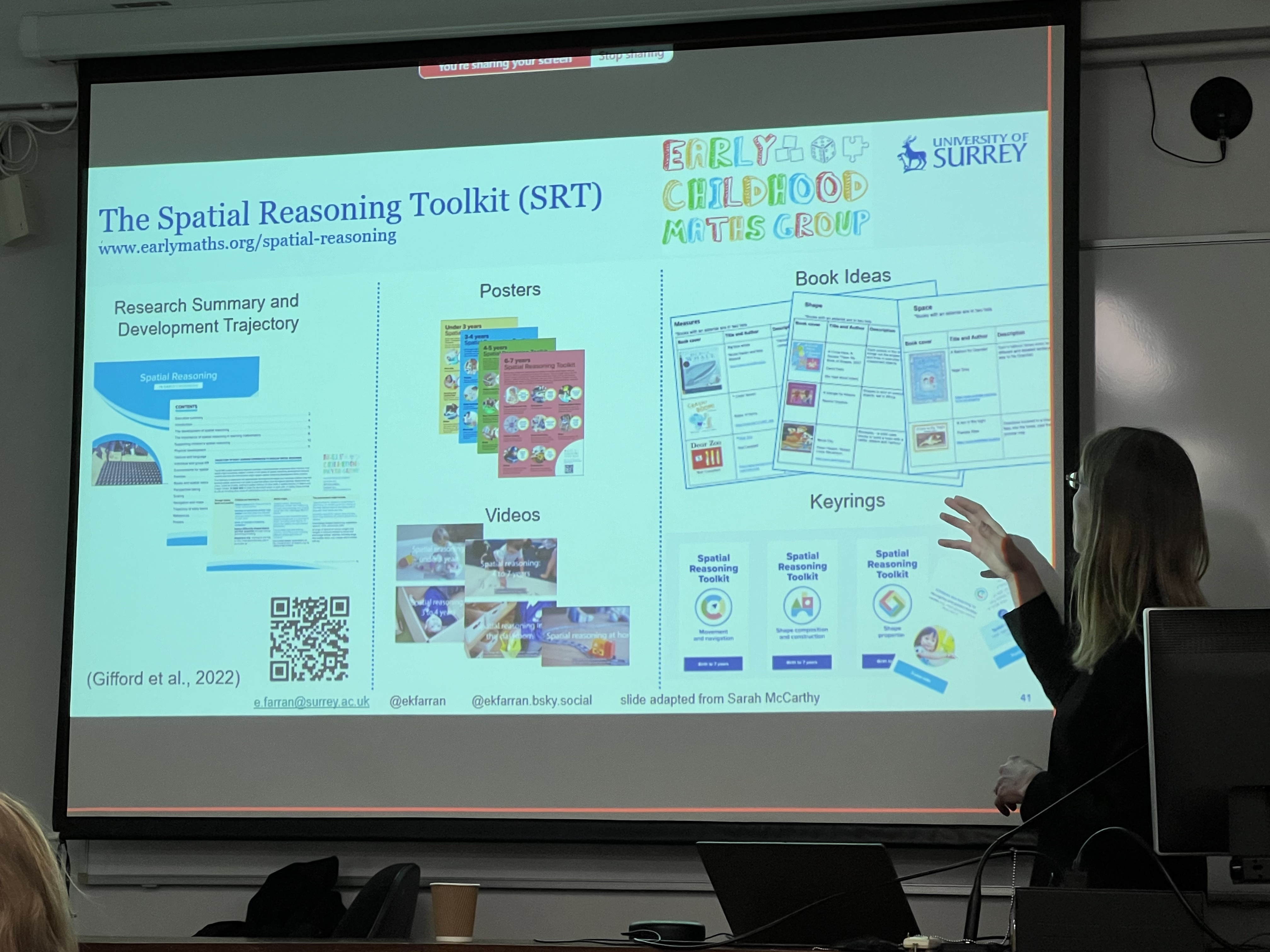
Here at the CEN, we are very excited about the Spatial Reasoning Toolkit, developed by CEN members Emily Farran and Katie Gilligan-Lee (now at Surrey University and University College Dublin, respectively).
Spatial reasoning involves our interpretation of how things, including ourselves, relate to each other in space, and includes interpreting images and creating representations. We use spatial reasoning in our everyday lives and in many occupations. Importantly, spatial reasoning is strongly linked with achievement in mathematics.
Spatial reasoning can be taught and spatial experiences are particularly important for spatial development in early childhood. However, while research has demonstrated that spatial cognition has a fundamental causal role in success in science, technology, engineering and mathematics (STEM) subjects, its potential remains under-realised because spatial cognition is under-emphasised both in classroom practice and in education policy.
The Spatial Reasoning Toolkit provide resources to help educators support the development of children’s spatial reasoning in sensitive, age-appropriate and playful ways. At the CEN, we particularly love the spatial reasoning keyrings, which give a a quick and handy reference resource summarising the learning trajectories for spatial skills. They provide suggestions for activities to support the development of children’s spatial cognition from birth to 7 years and include spatial language prompts. We have been playing with the Shape Properties keyring ourselves (shown above), but there are also Movement & Navigation and Shape Composition & Construction versions available. You can make your own keyrings using the resources here.
Make time for space in your STEM education!
Here’s Emily describing the toolkit at a recent seminar:

